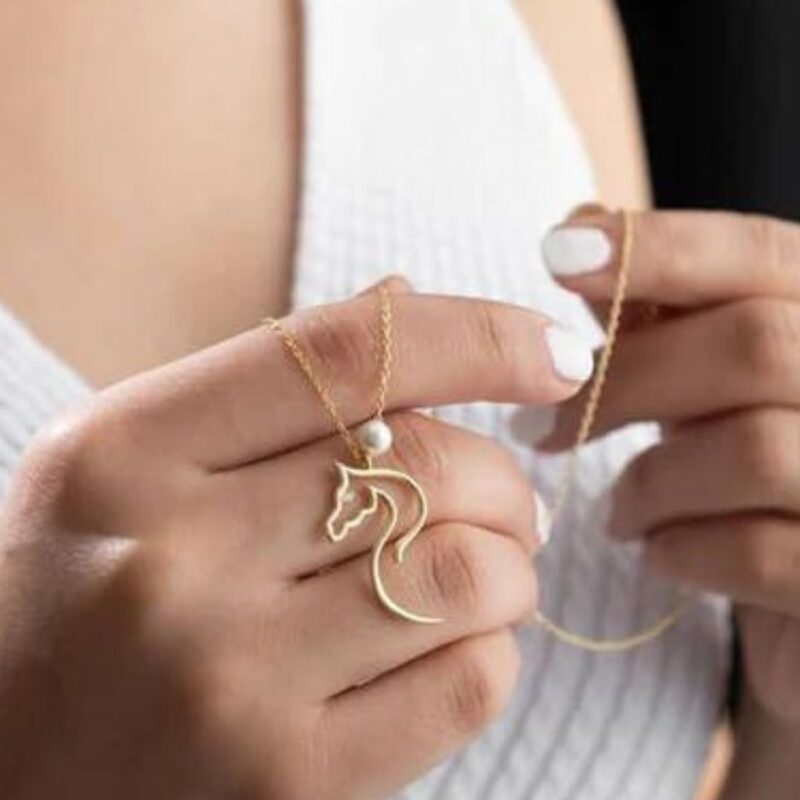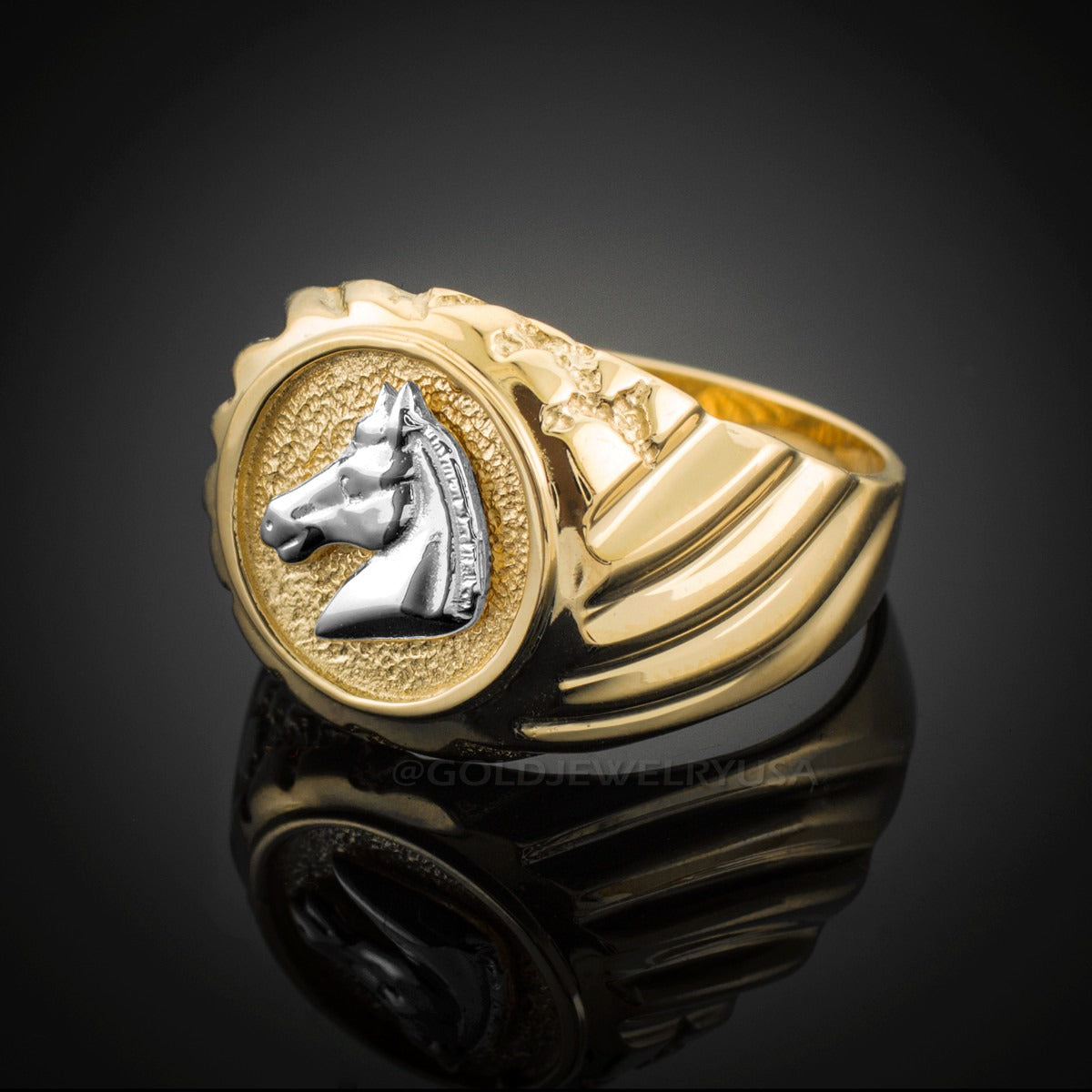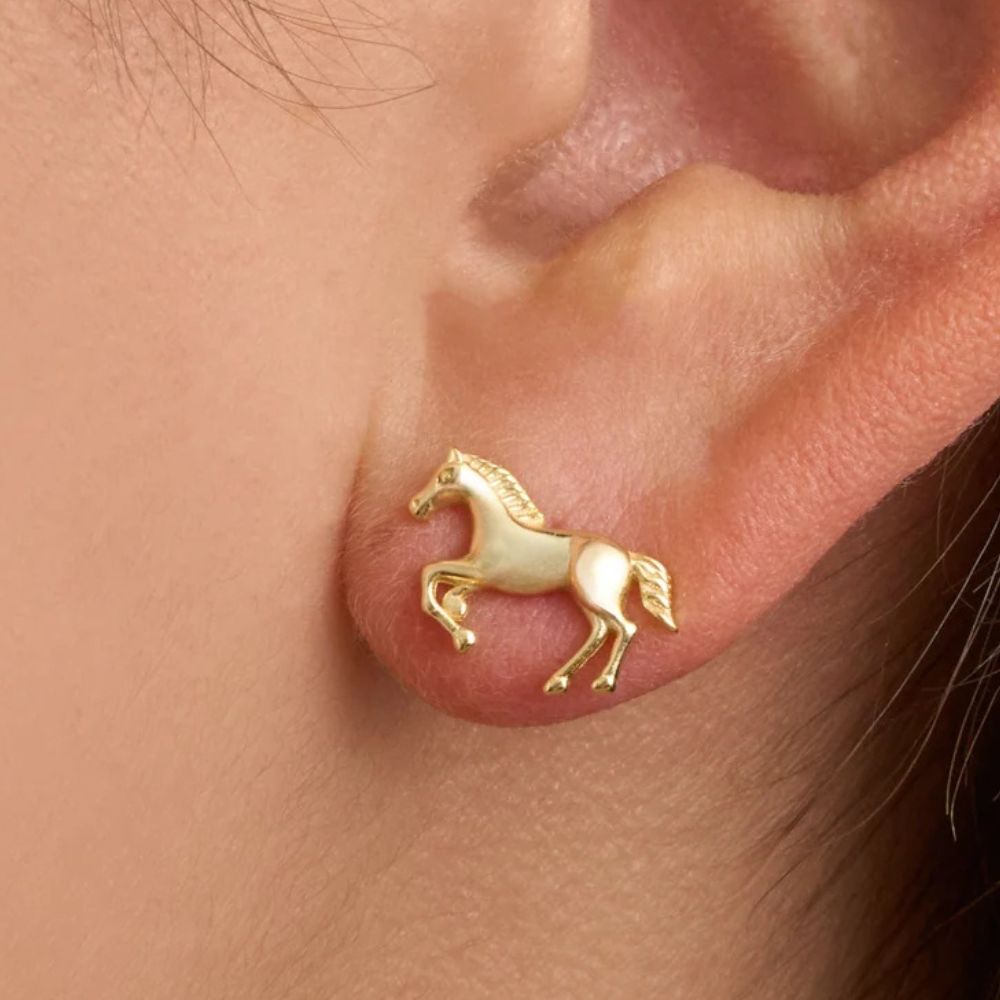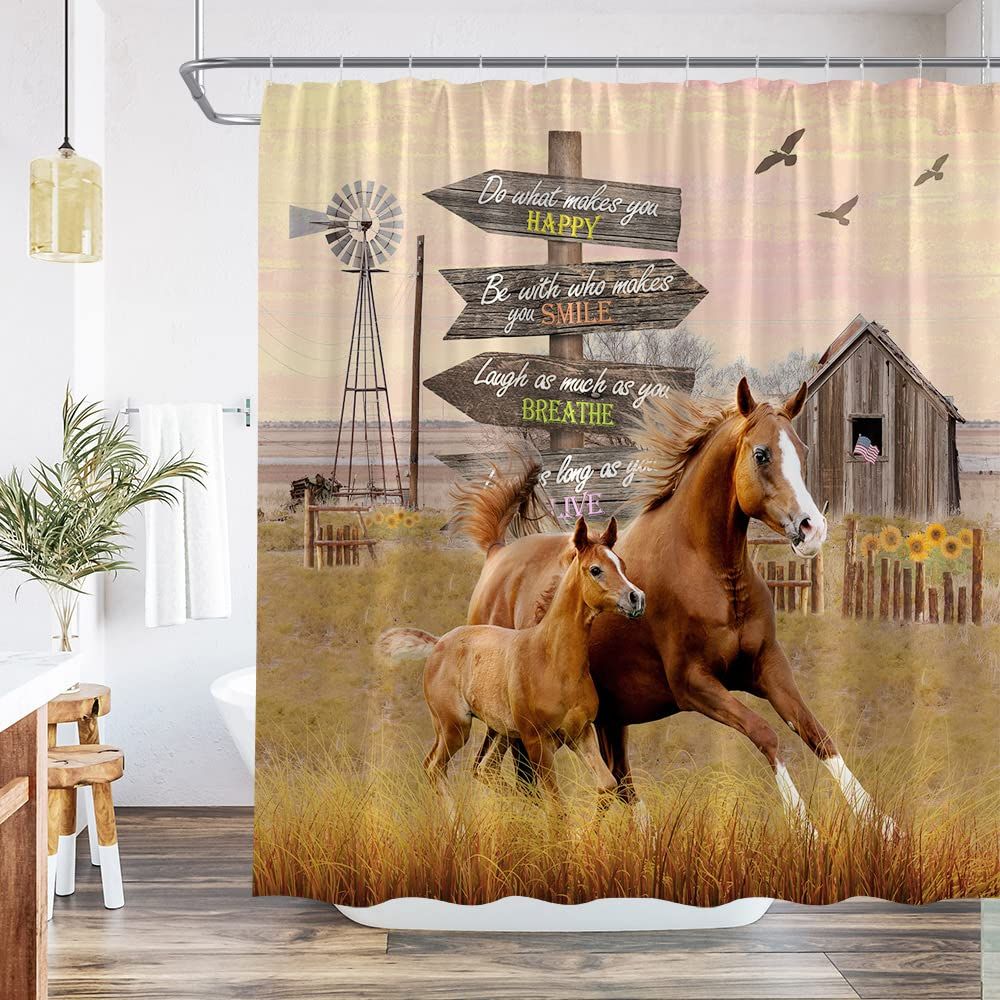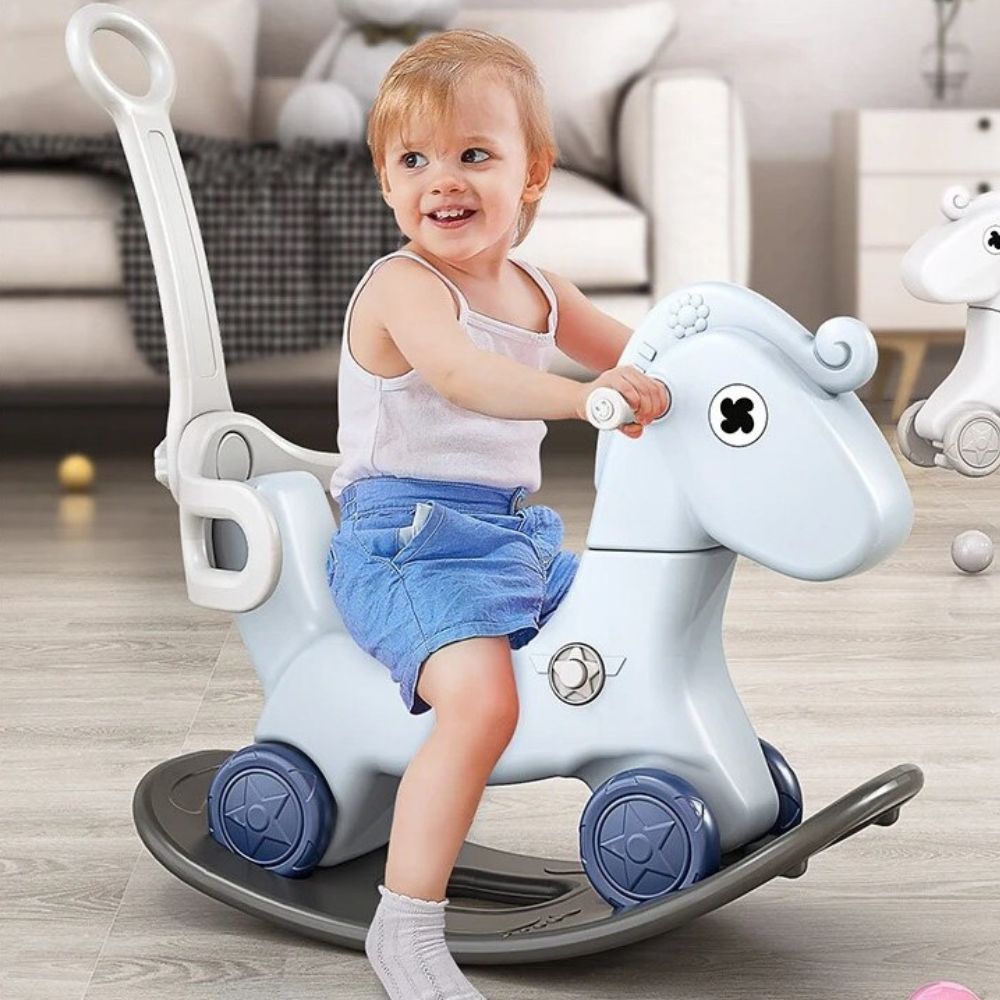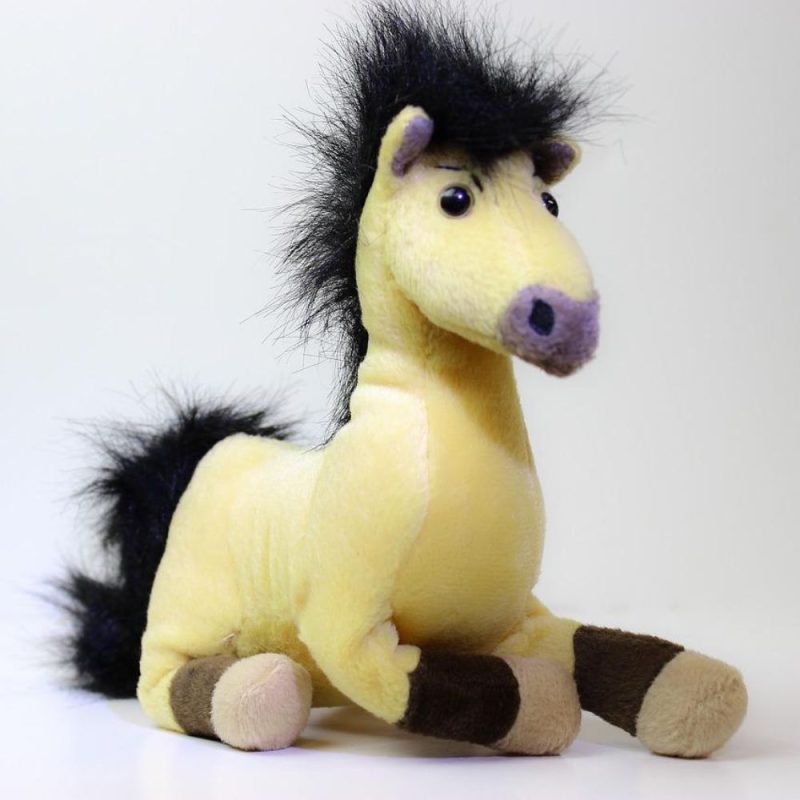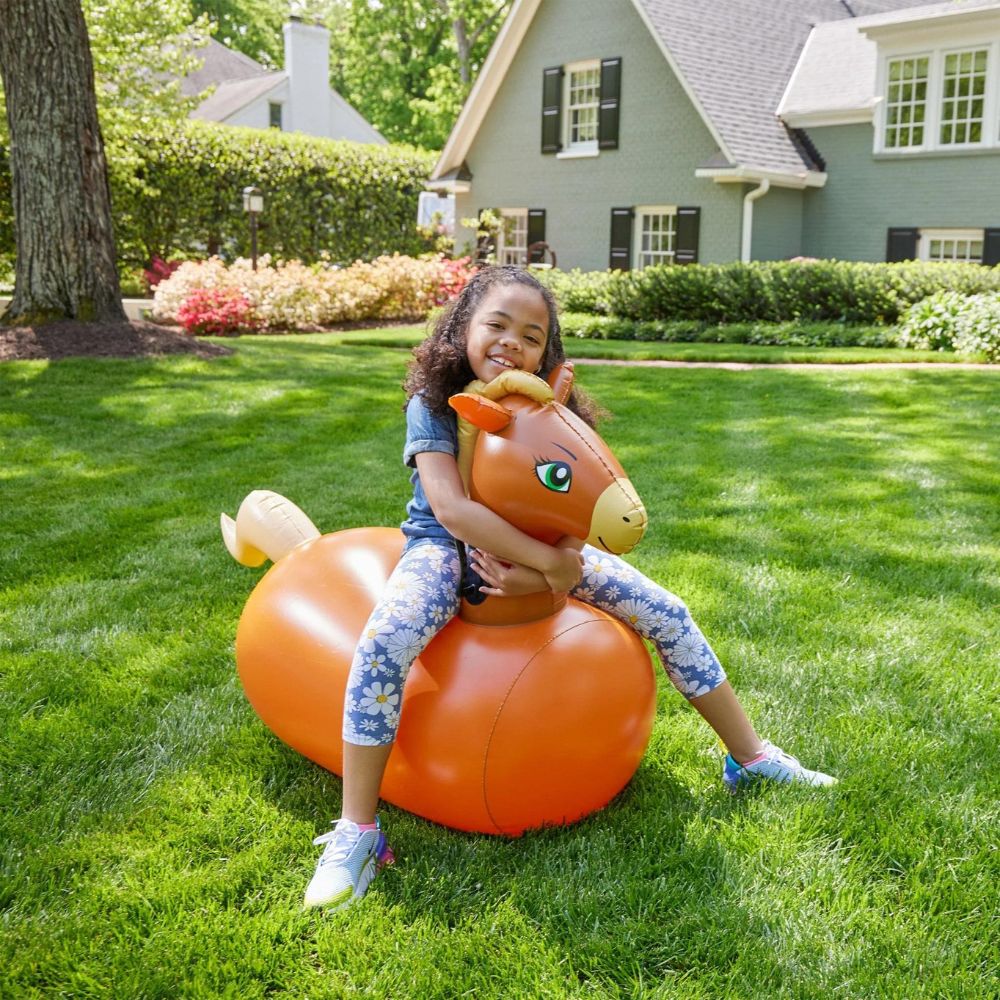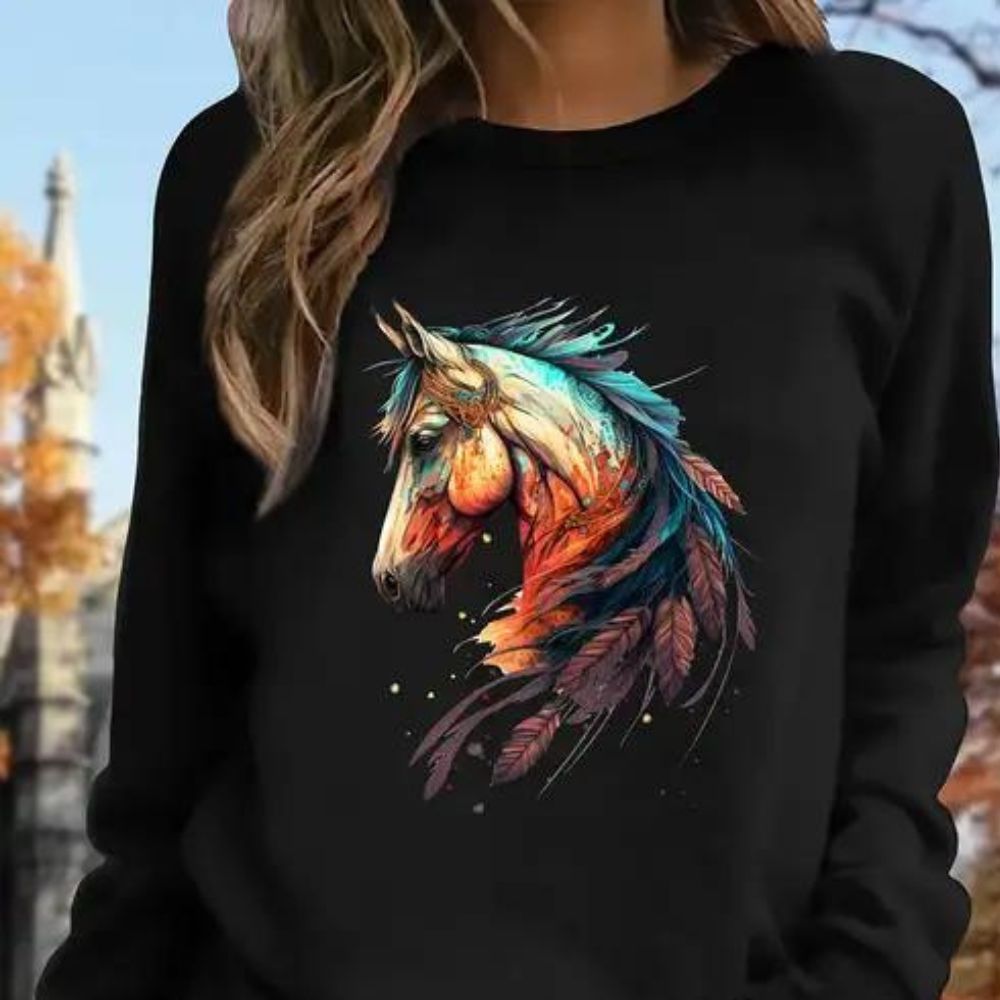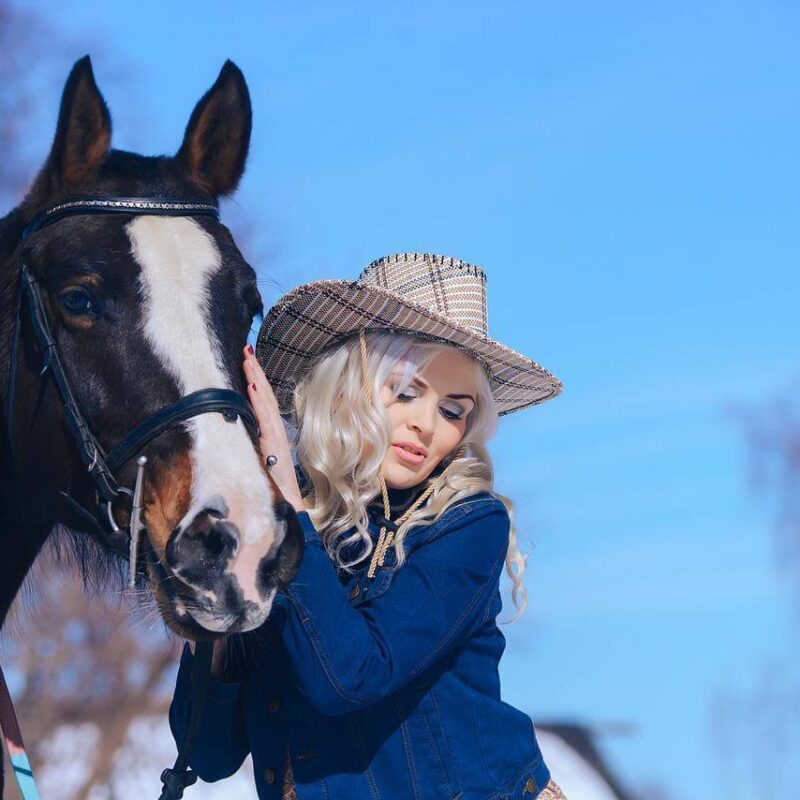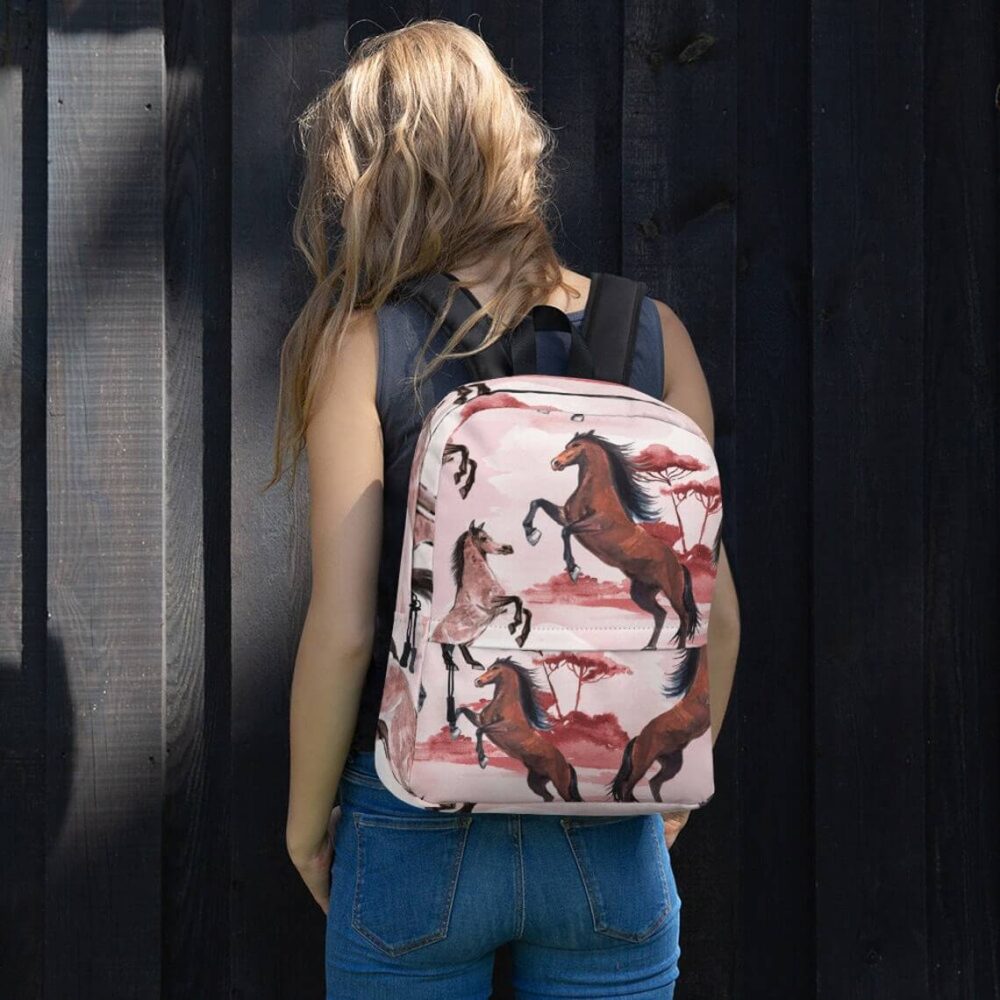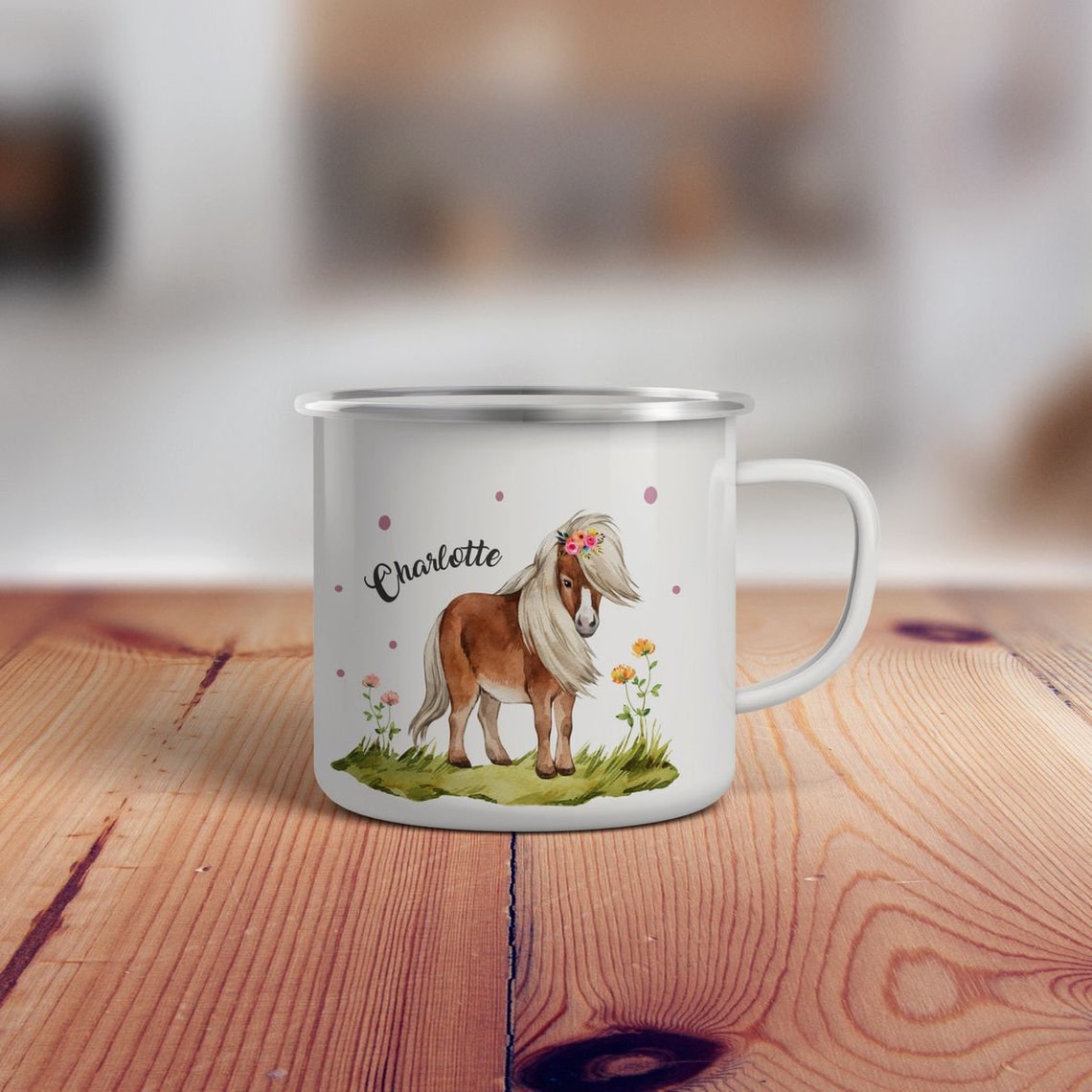
Do Horses Bite? 5 Surprising Facts You Should Know
You’re standing near a majestic horse, hand outstretched with a carrot, when suddenly—*ouch!* A sharp nip catches you off guard. Wait, do horses bite? 🐴 The answer might surprise you. While horses are generally gentle creatures, their teeth can tell a different story under certain circumstances. Whether you’re an equestrian veteran or a curious beginner, understanding why horses bite—and how to prevent it—can save you from an unexpected pinch (or worse). Here’s the truth behind this misunderstood behavior.
Do Horses Really Bite?
Yes, horses do bite—but not because they’re inherently aggressive. Unlike predators that bite to attack, horses usually nip or snap due to fear, discomfort, or miscommunication. Their strong jaws and flat teeth can easily bruise, break skin, or even crush fingers if they clamp down hard. Yet, let’s be honest: most horses would rather flee than fight. So why do they sometimes resort to biting?
For starters, horses use their mouths much like we use our hands—exploring, testing, and interacting. A playful nibble on your sleeve isn’t the same as an angry lunge. Context matters. A mare might gently nip her foal to correct its behavior, while a stressed gelding could react defensively if startled. Understanding their body language (pinned ears, bared teeth, head snaking) helps prevent surprise encounters.
And here’s a twist: some horses learn bad habits. If past handlers rewarded pushiness with treats or ignored early warnings, a horse may «test» boundaries with nips. That’s why consistent training matters. But don’t panic—most bites are avoidable with patience and awareness. Now, let’s dig into the surprising truths behind this behavior.
5 Surprising Facts About Horses and Biting
1. Biting Is Often a Form of Communication
Horses lack words, so they “speak” through body language—and yes, their teeth. A light nip can mean:
– *»Move away»* (discomfort or irritation).
– *»I’m nervous!»* (fear-based reaction).
– *»This is mine!»* (resource guarding, especially food).
Watch for subtle cues before a bite: ears flicking back, neck tension, or a sudden head turn. Catching these early can defuse the situation.
2. Stallions and Foals Bite More—Here’s Why
Stallions, driven by hormones, may nip during breeding seasons or dominance displays. Foals, meanwhile, bite **out of curiosity** or during play (like puppies). Both scenarios require gentle correction—letting a baby horse mouth hands can lead to problems later.
3. Pain or Health Issues Can Trigger Biting
A usually sweet horse suddenly snapping? Dental problems, ulcers, or ill-fitting tack might be the culprit. Always rule out pain first—schedule a vet check if biting seems out of character.
4. Humans Unintentionally Teach Biting Habits
Hand-feeding treats without discipline? You might train your horse to mug for snacks (and nip impatiently). Instead, offer treats in a flat palm and reward only polite behavior.
5. Most Bites Are Preventable
– Respect their space—don’t crowd or surprise them.
– Read their signals—tense muscles or pinned ears mean back off.
– Train consistently—correct nipping early with a firm «no» and redirection.
How to Stay Safe Around Horses
– Approach from the side (not head-on, which can feel threatening).
– Avoid sudden movements near their mouth or flanks.
And if a bite happens? Stay calm—jerking away may worsen it. Instead, push into the horse’s mouth (counterintuitive, but it triggers release).
Building Trust Over Fear
Horses aren’t out to get you. With understanding and respect, even a former biter can become a gentle partner. Spend time observing their quirks, reward calm behavior, and always prioritize mutual trust. After all, the best relationships—equine or human—are built on clear communication and patience.
Now, next time you feel those velvet lips brush your hand, you’ll know whether it’s affection… or a warning. 🐎💛








